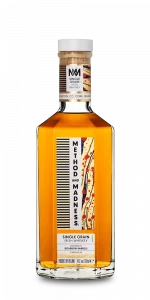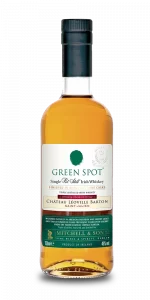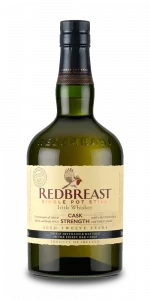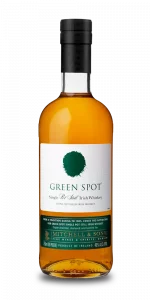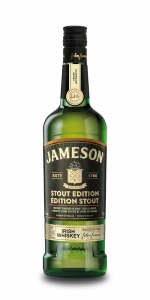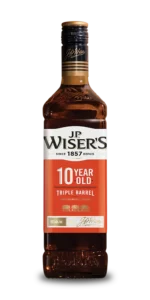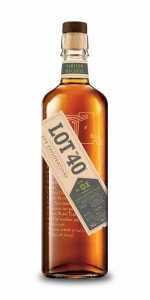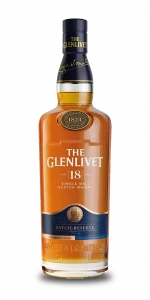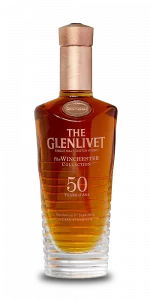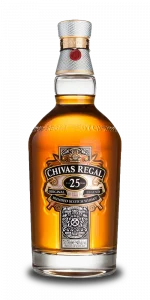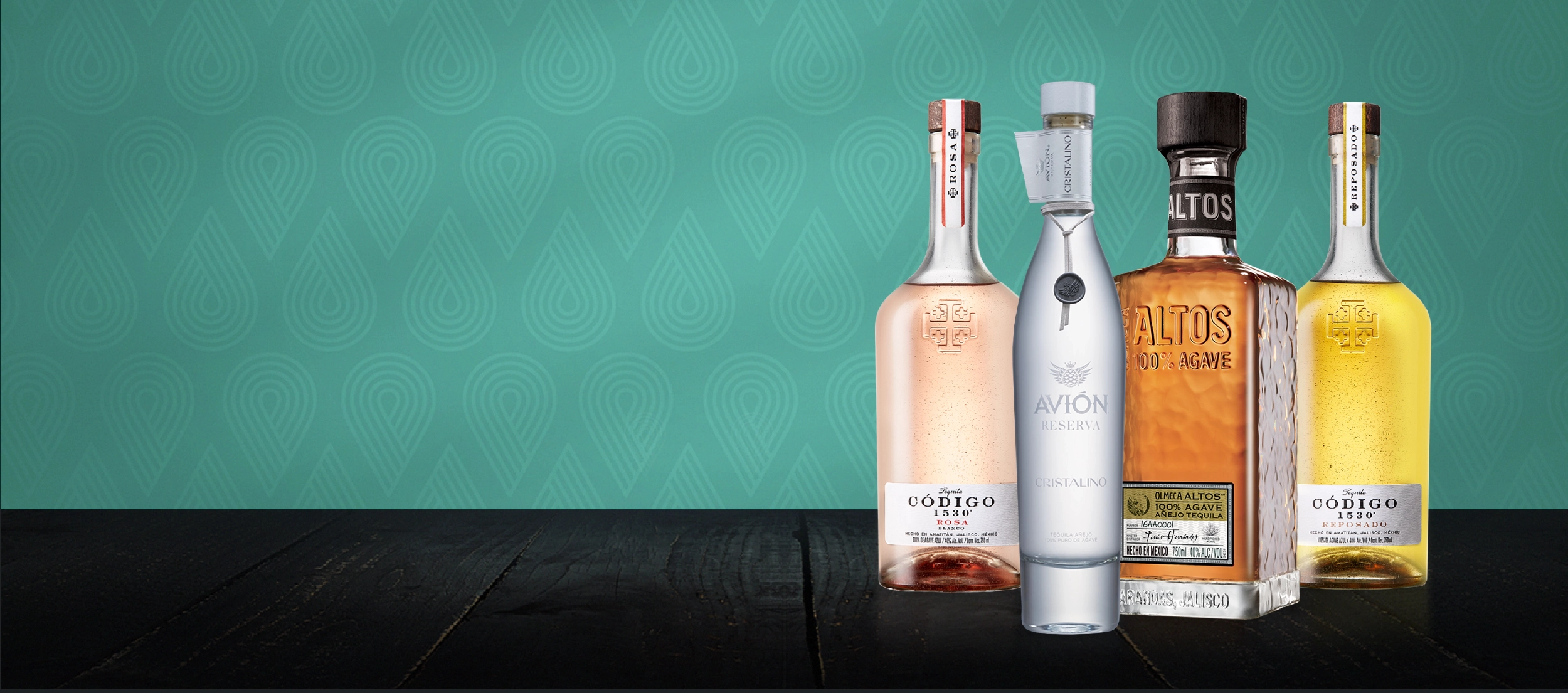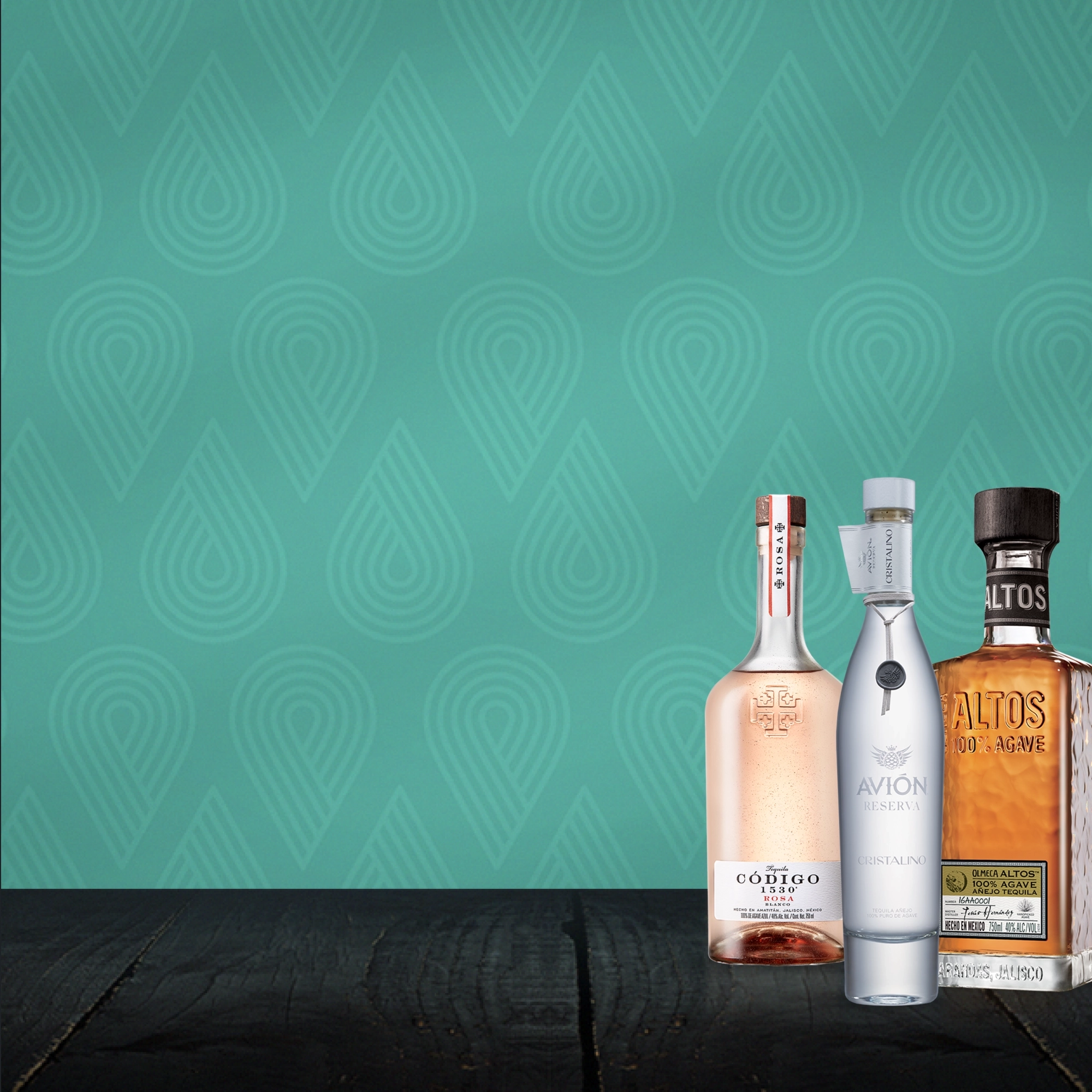
Are you over 18 years of age?
Sorry, you have to be of legal drinking age to visit this site!
Please enjoy responsibly.
Copyright ©2026 The Drop Collective. All rights reserved. By entering this site, you are agreeing to our Terms and Conditions and Privacy Policy. By continuing to browse this site, you are agreeing to accept our use of cookies. You must be of legal drinking age in your province of residence to enter this site. Please only share this site with those who are of legal drinking age. Please click here for our User Generated Content Policy.
Please enjoy responsibly.








